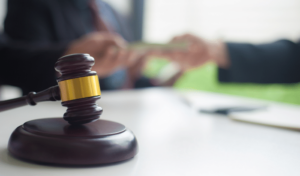
The Difference Between Civil Law and Criminal Law
If you haven’t had much experience with an attorney, you might not know exactly what type attorney you will need for your case. This can be especially true for cases

If you haven’t had much experience with an attorney, you might not know exactly what type attorney you will need for your case. This can be especially true for cases
With the Fourth of July upon us, it is important for everyone to prioritize firework safety. According to the United States Consumer Product Safety Commission stated that, “In 2024, there
Everyone would all love to save money on our insurance, and insurance companies often do try to create incentives for good drivers. In recent years, many insurance companies have introduced
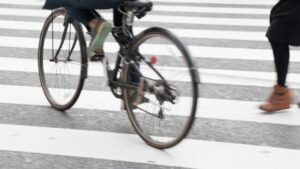
On June 30th, in the morning, a bicyclist was on the rail trail in Kaysville, Utah, near the Smith’s Marketplace. The bicyclist was injured after a hit and run accident.
Utah is one of the best states to live in if you’re a biker. With all the bike trails through the mountains and valleys, all of which can be enjoyed
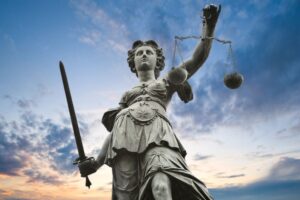
Technology is continuously advancing and moving forward, and this helps us progress in all aspects. As AI continues to improve, companies can learn how to use it to their advantage.
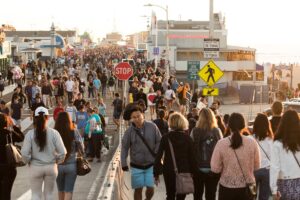
You’re crossing the street, heading to work, or walking home from the store, and in a split second, everything changes. A car hits you. Time slows down. Pain kicks in.
Although it might seem like bike accidents and car accidents are very different there are many ways that they are similar. Once of these ways is the compensation that you
Bike accidents can happen at any time. Whether you’re on a designated bike trail, on the road, or on sidewalks, there is always risk of accidents. If you are prepared,
Safety should be one of your top priorities in any activity, but especially when you are biking. One of the best ways to stay safe when biking is making sure
Utah is known for outdoor activities. From Logan to St. George, you can try everything from skiing to swimming and hiking to snowmobiling. And with even more advancements in the park
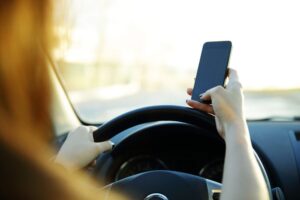
With the prevalence of technological distractions, driving on the road *. If you get into an accident, there’s potential it was caused by one of these distracted drivers. The problem
UTAH INJURY LAWYERS
Flickinger • Boulton
• Robson • Weeks
PROVO OFFICE
3000 N University Ave
Suite 300
Provo, UT 84604
SOUTH JORDAN OFFICE
10393 S. Temple Dr.
Suite 103
South Jordan, Utah 84095
OFFICE HOURS
Monday- Friday: 8AM-5PM
Saturday-Sunday: Closed
*Disclaimer: the information provided by this website is for informational purposes only and should not be considered legal advice or a substitute for competent legal counsel.
**SMS consent and contact phone numbers will not be shared or sold to third parties or their affiliates for any purpose.
© 2025 All Rights Reserved.